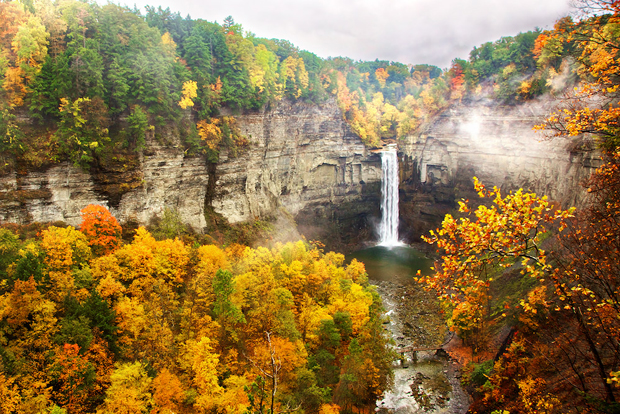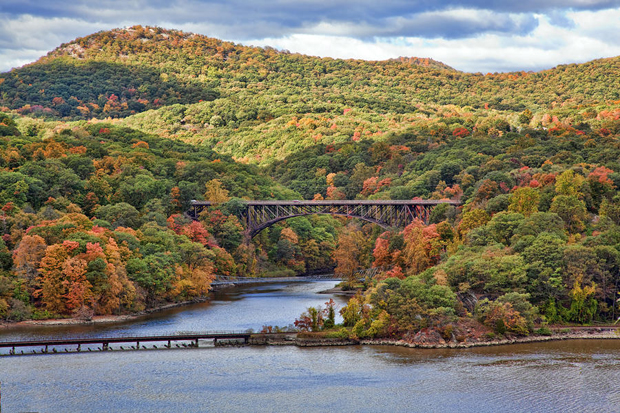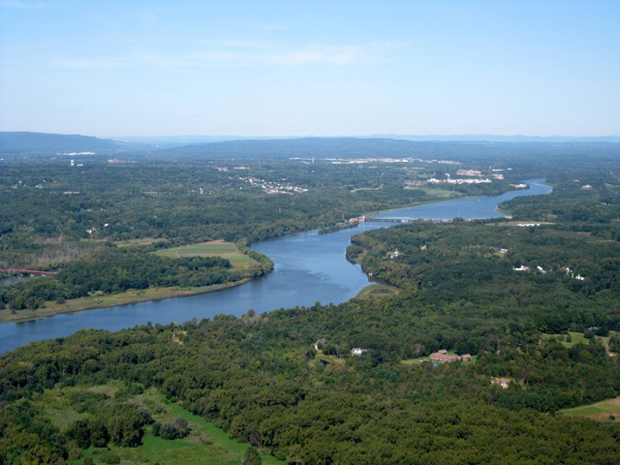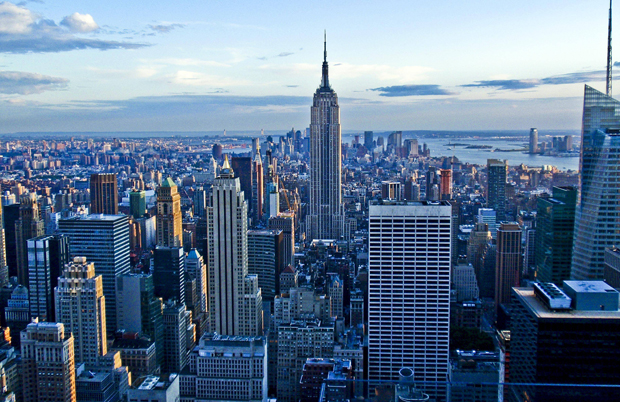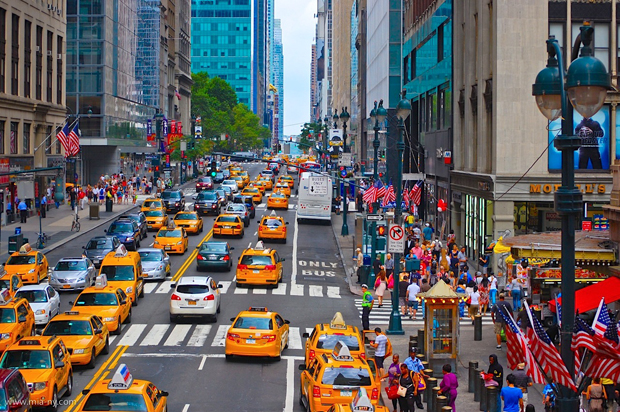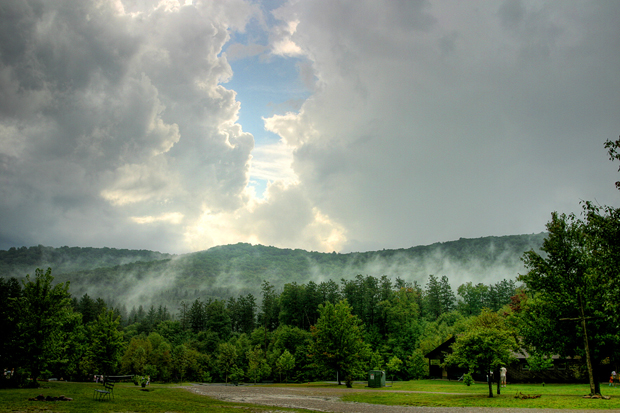Rain, Snow, Heat and Freezing Temperatures in New York
The weather varies greatly around New York. Therefore, it is hard to answer how safe is New York from the weather. New York is divided into 10 regions and each enjoys its own weather. Since New York has some of the most expensive properties in the world, it is vital to research weather and the district.
Western New York
The area lying along the shores of Lake Erie and Lake Ontario sees about 44 inches of snow each year falling from November to April. The heaviest clothes must come out in January when the daily average temperature is 31 degrees. Cooling lake breezes are a welcome relief in July when 82 is the average temperature.
Finger Lakes
The Finger Lakes sees weather similar to the western part of the state, although it does see more snow on average with 65 inches being normal. During the warmer months, residents need great rain gear as the area normally gets 37.3 inches of rain annually.
Southern Tier
Asking how safe is New York from the weather in the southern tier of the state leads you to explore weather in the Catskill Mountains. The coldest week is normally January 12 to 18 with 18 degrees being the average daily high. Further compounding safety, the area usually receives about 51.2 inches of snow each year. July 17 to 20 is usually the hottest here, with temperatures soaring to 70 degrees.
North Country
Residents of the north country often see daytime highs in January of 28 and in July of 80 degrees. Residents normally see about 31 inches of snow in January, while about 43.1 inches falls annually. July is often the rainiest month with an average of 3.23 inches of rain falling annually.
Mohawk Valley
The Mohawk Valley lies along the Mohawk River and is sandwiched between the Catskill and Adirondack Mountains. January 25th is usually the coldest day with an average daytime high of 14 degrees, while the warmest day is usually July 26 with an average daytime high of 81 degrees. Snow is most likely to fall January 25, but is possible from December 1 until April 1 with average annual totals of 107 inches.
Capital District
January is usually the coldest month in the capital district with an average daytime high of 31 degrees. July, with an average daytime high of 80 degrees, is usually the warmest. This region is one of the wettest with an average annual snowfall of 94 inches and rainfall of 40.5 inches.
Hudson Valley
Hudson Valley is found immediately north of Long Island and New York City. Residents need to wear their heavy coats in February when the daily high is 33 degrees on average, while they look forward to July when the daily high is 76.7 degrees on average. The wettest month in this region is usually October when 6.4 inches of precipitation .falls.
Long Island and New York City
Residents of Long Island and New York City bundle up in January when facing average daytime highs if 36 degrees. They may look forward to July when the average daytime high is 85 degrees. Residents need good raincoats, as the area sees an average of 46.2 inches of rain annually, but they can be thankful that area normally only sees 26.55 inches of snow.
It is important to find a home or apartment that is safely built to withstand the worse conditions New York has to offer.

